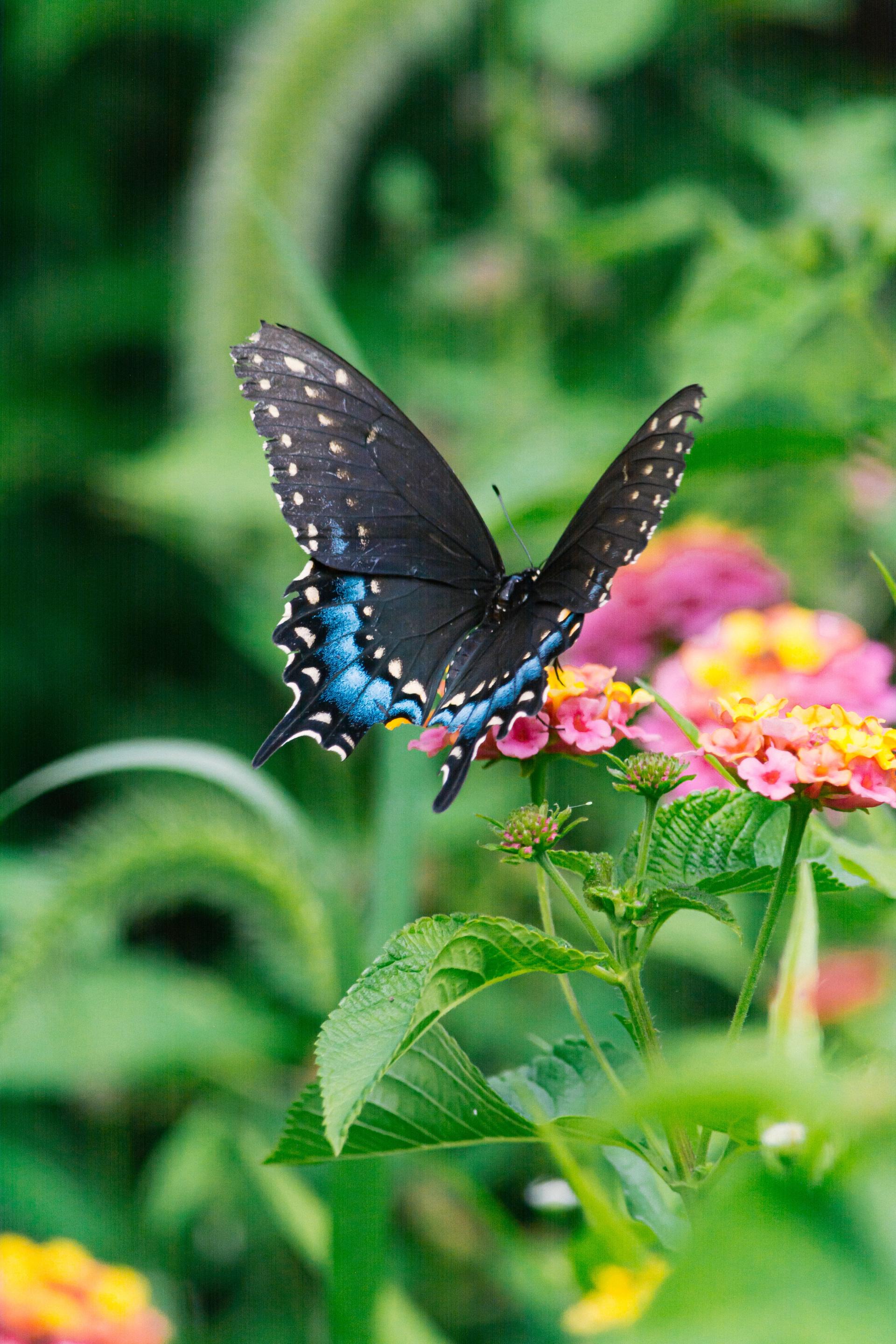You are here
Be a Better Gardener: Veganic Gardening
Be a Better Gardener: Veganic Gardening
by Thomas Christopher
As we learned in my column last month, veganic gardener John Walker has impressive credentials. Following his time as a student gardener at the Birmingham (England) Botanical Gardens and Glasshouses and the Cambridge Botanical Garden, he completed the internationally renowned three-year Diploma in Horticulture at the Royal Botanic Gardens Kew in 1986. He has gone on to a career that has focused on gardening that is environmentally and ethically sustainable. Over time, he told me, that has led him to what he calls “veganic gardening.”
Veganic gardening, as John practices it, is shaped by three convictions. He seeks to make his garden earth-friendly by avoiding non-renewable resources such as fossil fuel-based fertilizers and peat. His preference for organic fertilizers also bespeaks the fact that synthetics are harmful to life in the soil and the environment more generally.
Fundamental is his belief that your personal garden should not benefit from the exploitation of animals, which so often leads to cruelty. That means John avoids many of the common organic means of maintaining soil fertility. He does not use animal manures or by-products of industrial agriculture such as blood or bone meal.
His concern for animal welfare also extends to the control of insect pests. He generally avoids the use of pesticides, even those approved of by the organic gardening community. Instead, he boosts populations of predator insects in his garden by planting flowers such as strawberries whose pollen and nectar attract hoverflies that also feed on aphids. Other predator attractants include flowers of the carrot family (Queen Anne’s lace, wild parsnip, fennel, dill, cilantro, and caraway) or the aster family (cosmos, coneflowers, coreopsis, blanket flower). Fostering the predator populations in this way helps to keep plant-eating pests in check naturally.
I should make clear that I am not vegan or vegetarian, and I make abundant use in my garden of the composted horse manure from a nearby stable whose inhabitants are beloved by the stable owner and treated like royalty. John pointed out that such resources are not available to most gardeners. In any event, I respect John Walker’s concerns.
However, as I told John, I have not been impressed by commercially produced fertilizers that I have seen advertised online as “vegan.” These do indeed use plant-derived products, but often ones that come with a high environmental cost. Alfalfa meal, for example, is a common source of nitrates for those fertilizers. In America, alfalfa is largely grown in the western states and requires lavish irrigation. In California alone, alfalfa growers douse their fields with 4 to 5.5 million acre-feet of water a year – an acre-foot is enough water to cover an acre of land to a depth of 12 inches. Alfalfa is a significant contributor to the draining of the Colorado River and is not something to be used casually as a garden fertilizer. An alternative source of nitrates for these fertilizers is soybean meal, a product whose production involves lavish use of pesticides and irrigation water, and whose cultivation has prompted the destruction of more than a million acres of natural grassland and forest in Brazil over the last decade.
John’s response was that he used no bagged fertilizers as it is his belief that the materials used to nourish a garden’s soil should be produced on-site. He is an enthusiastic composter of the leaves that fall on his property, and he also feeds his garden beds by planting them to cover crops. Indeed, when he first began the garden some 20 years ago, and the soil was very nutrient and organic-poor, he planted a long strip of popular cover crops, perhaps 20 in all, in square-foot tests of each kind. The ones that grew best, such as buckwheat, he sowed throughout the area of the future garden, chopping up the resulting plants, and leaving the debris in place as a mulch. He chose not to till in the cover crops as that would disturb the soil, damaging its structure and living systems.
John does take advantage of suitable waste products available locally. For example, he has used mulches made of “green” or fresh, sappy woodchips, commonly available from arborists, which when spread over the soil decomposes to enhance its organic content.
In 2022 John published a book about his practices, The Vegan Gardener, which is available from online booksellers or can be ordered from local bookstores.
To listen to the rest of my conversation with John Walker, log onto the Berkshire Botanical Garden’s “Growing Greener” podcast at https://www.berkshirebotanical.org/
Be-a-Better-Gardener is a community service of Berkshire Botanical Garden, located in Stockbridge, Mass. Its mission, to provide knowledge of gardening and the environment through a diverse range of classes and programs, informs and inspires thousands of students and visitors each year. Thomas Christopher is a volunteer at Berkshire Botanical Garden and is the author or co-author of more than a dozen books, including Nature into Art and The Gardens of Wave Hill (Timber Press, 2019). He is the 2021 Garden Club of America's National Medalist for Literature, a distinction reserved to recognize those who have left a profound and lasting impact on issues that are most important to the GCA. Christopher’s companion broadcast to this column, Growing Greener, streams on WESUFM.org, Pacifica Radio and NPR and is available at berkshirebotanical.org/growinggreener.
Help Our Garden Grow!
Your donation helps us to educate and inspire visitors of all ages on the art and science of gardening and the preservation of our environment.
All donations are 100 percent tax deductible.


